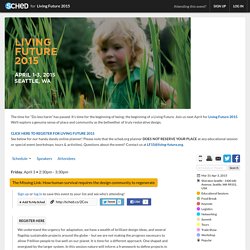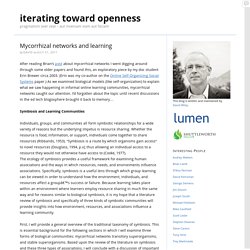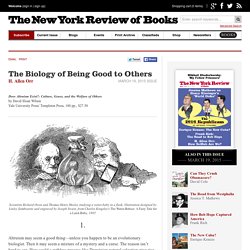

Living Future unConference 2015. Living Future 2015: The Missing Link: How human survival req... We understand the urgency for adaptation, we have a wealth of brilliant design ideas, and several flagship sustainable projects around the globe – but we are not making the progress necessary to allow 9 billion people to live well on our planet.

It is time for a different approach. One shaped and energized by the larger system. In this session nature will inform a framework to define projects in ways that build constituency, increase funding and address fundamental problems – not symptoms. Fungi Pin. Commitments - What can you do to fill the void of the missing link? Incredible Timelapse Of Fungi Growth [VIDEO] Building as an Organism - The BuildingGreen Guarantee. Already a member of BuildingGreen?

Log in and watch the webcast for free. Webcast signup includes: One-hour webcastPDF download of slides1 CE hour for AIA, ILFI, and GBCI (LEED-specific) The BuildingGreen Guarantee To try BuildingGreen membership free for 30 days and watch the webcast, just click on the button above and have a credit card handy. About the presenters John Boecker John is a founding partner of 7group, an internationally recognized multi-disciplinary consulting firm focused on green and regenerative development. John is LEED faculty and a LEED Fellow, and in 2009 he co-authored the seminal book The Integrative Design Guide to Green Building. Excerpt: Mycorrhizae (I want to be a fungus!) Mycorrhizal networks and learning. After reading Brian’s post about mycorrhizal networks I went digging around through some older papers and found this, an exploratory piece by my doc student Erin Brewer circa 2003.

(Erin was my co-author on the Online Self-Organizing Social Systems paper.) As we examined biological models (like self-organization) to explain what we saw happening in informal online learning communities, mycorrhizal networks caught our attention. I’d forgotten about the topic until recent discussions in the ed tech blogosphere brought it back to memory… Symbiosis and Learning Communities Individuals, groups, and communities all form symbiotic relationships for a wide variety of reasons but the underlying impetus is resource sharing.
First, I will provide a general overview of the traditional taxonomy of symbiosis. An Oyster in the Storm. But as I confidently tick off all the things that Governor Andrew M.

Cuomo recommends for my defense as Hurricane Sandy bears down on me, I find I’m desperately missing one thing. I wish I had some oysters. I’m not talking about oysters to eat — although a dozen would be nice to go with that leftover bottle of Champagne that I really should drink if the fridge goes off. I’m talking about the oysters that once protected New Yorkers from storm surges, a bivalve population that numbered in the trillions and that played a critical role in stabilizing the shoreline from Washington to Boston. Crassostrea virginica, the American oyster, the same one that we eat on the half shell, is endemic to New York Harbor. Until European colonists arrived, oysters took advantage of the spectacular estuarine algae blooms that resulted from all these nutrients and built themselves a kingdom. Parsons Family Farm - Olympia (Washington)
Why Poor Places Are More Diverse (3.5 minutes) The Regenerates on Vimeo (45 minutes) 5 Ideas That Could Have Prevented Flooding in New York. New York City didn’t have to flood quite this badly, or, at least, it doesn’t have to again.

Flashback: MoMA's Ideas to Combat Rising Seas in New York Harbor. Two years ago, MoMA mounted the critically acclaimed exhibition "Rising Currents," which featured design schemes for how to combat rising sea levels due to climate change.

With New Yorkers and others on the Eastern seaboard clenched today as Frankenstorm hurls toward us—and with water already creeping over banks (yikes)—we thought we’d take a look back at the prescient exhibition. If only some of these ideas had been implemented right away! Sure, they weren’t responses to a vicious hurricane, but they certainly couldn’t hurt in times like this. "Rising Currents" was not your typical exhibition, particularly for an art museum. MoMA demarcated flood zones in the New York Harbor area and then asked interdisciplinary teams to devise concepts for how to mitigate escalating sea levels in those areas.
Nation Under Siege: Coastal Impact Study. Are Our Environmental Goals Distracted by ‘Truthiness?’ · Environmental Leader · Environmental Management & Sustainable Development News. The Biology of Being Good to Others by H. Allen Orr. Does Altruism Exist?

: Culture, Genes, and the Welfare of Others by David Sloan Wilson Yale University Press/ Templeton Press, 180 pp., $27.50. Road Map Project. Collective Impact | Shared Resources.